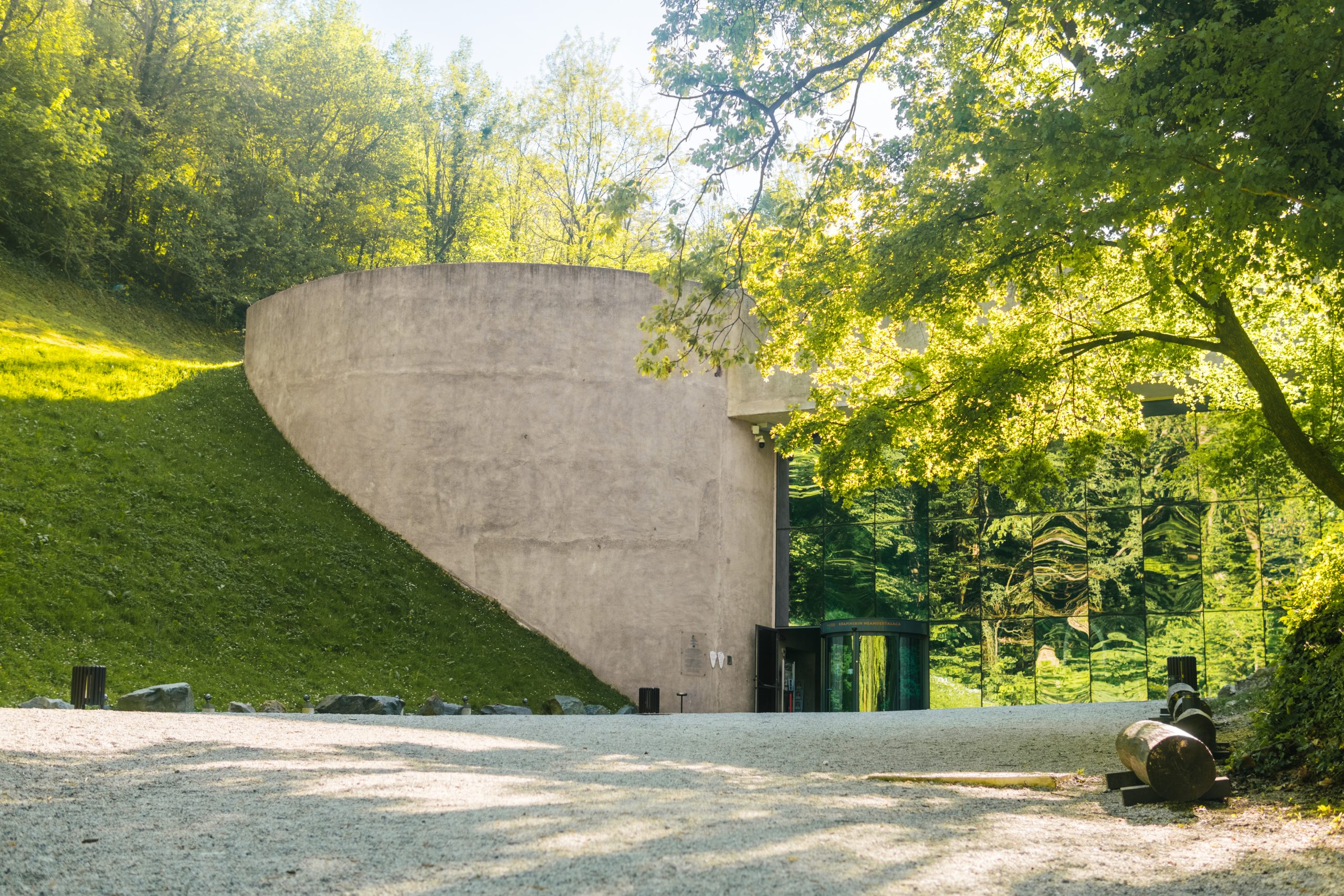
Krapina is located just about 60 kilometers from Zagreb and 50 from Varaždin, boasting rich natural and historical heritage that goes back as far as 130,000 years, when prehistoric humans left their indelible mark on Hušnjakovo Hill. This site was brought to light thanks to the prominent geologist, paleontologist, and paleoanthropologist Dragutin Gorjanović Kramberger. In the sandy layers of an 8-meter-high cave, about 900 human fossil bones were found, representing the largest and richest collection of Neanderthal remains from a single site. Numerous fossil remains of cave bears, gray wolves, elk, giant deer, warm-period rhinoceroses, aurochs, and many other animals were also discovered, along with over a thousand pieces of stone tools from the Paleolithic era. To explore the life of Neanderthals, visit the Krapina Neanderthal Museum, whose design and proportions resemble the Krapina semi-cave. Within the Hušnjakovo complex, on Josipovac Hill, you'll find the Forma Prima sculpture park, featuring about forty oak wood sculptures by domestic and international academic sculptors.
Visit Krapina’s Old Town, which in 1347 was granted the privilege of a free royal town by King Louis I of Anjou, providing the people of Krapina with significant autonomy. After his death, the Krapina fortress and direct rule over Krapina passed to Hungarian-Croatian King Sigismund of Luxembourg. Over time, the fortress frequently changed owners, including the Counts of Celje, the Keglević family, the Drašković family, Count Wojkffy, and, lastly, the Lichtenberg and Ottenfels families.
If you're interested in sacral architecture, visit the Parish Church of St. Nicholas, notable for its valuable 1903 organ, the Church of St. Catherine, and the Franciscan Monastery, which holds a rare collection of sacred art and a library from 1650 rich with rare books, including three incunabula. An unavoidable figure of the monastery is Abbot Dominik Antolković, who discovered the Krapina Neanderthal site and alerted Kramberger. Don’t miss visiting the Church of Our Lady of Jerusalem on Trški Vrh, one of the most beautiful Baroque churches in this part of Croatia.
Krapina is also the birthplace of Ljudevit Gaj, father of the Croatian national revival. His birthplace houses the Ljudevit Gaj Museum, where you can see his furniture, portraits of Gaj and his family, copies of his manuscripts, printed texts, books, brochures, and the newspapers and magazines he edited and published.
If you’re an automobile enthusiast, make sure to visit the Oldtimer Museum, and if you prefer music, visit in September for the Kajkavian Culture Week and enjoy the Festival of Kajkavian Songs.
In the green valley with four sources of healing thermal water, visit the Krapinske Toplice spa, feel the power of thermal water, indulge in wellness and spa pleasures, enjoy rich gastronomy, and discover all the beauty of this green oasis.
For active tourism, we recommend touring the wine roads and hiking the surrounding hills. From Krapina, bring home a bilikum, a vessel made from three connected jugs named after the Slavic brothers Čeh, Leh, and Meh, who, according to legend, lived with their sister Vilina on three hills above Krapina.
Every summer, Krapina becomes a center of culture, socializing, and entertainment. The Summer in Krapina event offers a variety of programs for all tastes and generations. We invite you to travel to Krapina by the Krapek train, organized specifically for the Summer in Krapina event.
More information is available on the websites of the Krapina-Zagorje County Tourist Board and the City of Krapina.
Check the train schedule and enjoy the beauty of the Krapina region.